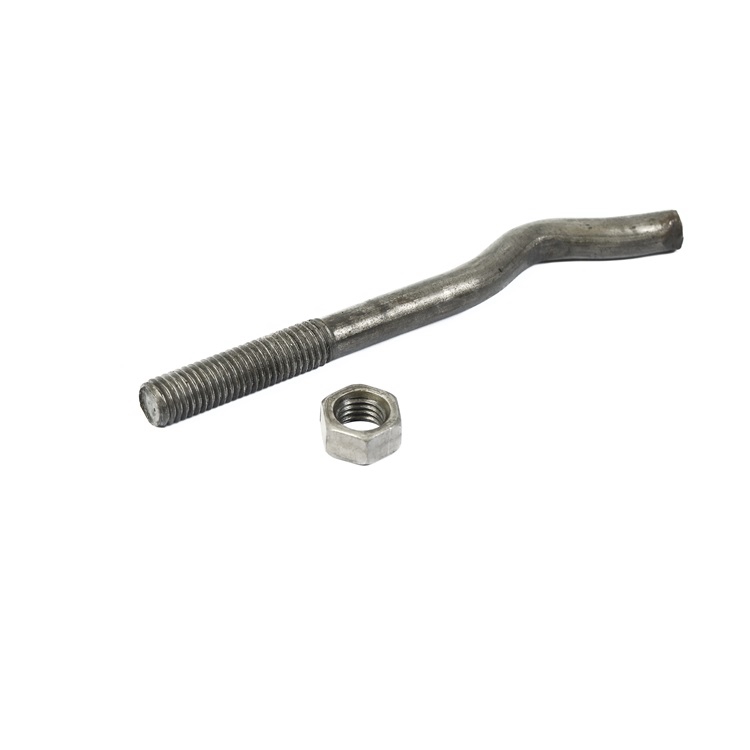mesh for concrete slab
The Importance of Mesh for Concrete Slabs
Concrete slabs are fundamental components in construction, serving as foundations for buildings, floors, patios, and various other structures. To ensure their strength and durability, various methods and materials are employed in the formulation and reinforcement of these slabs. Among these, mesh reinforcement is a critical aspect that cannot be overlooked. This article will explore the significance of mesh for concrete slabs, the types of mesh available, installation procedures, and the benefits they offer.
Why Use Mesh in Concrete Slabs?
Concrete is renowned for its compressive strength, but it is relatively weak in tension. This limitation can lead to cracking under stress, particularly in larger slabs or those exposed to heavy loads. To counteract this weakness, reinforcement is needed. Mesh, typically composed of steel wire, serves as a framework that enhances the tensile strength of the concrete, helping to distribute loads more evenly and reducing the chances of cracks forming.
Types of Mesh for Concrete Slabs
1. Welded Wire Fabric (WWF) This is the most common type of mesh used in concrete applications. It consists of a grid of steel wires welded together, creating a rigid sheet. WWF is available in various sizes and gauges, allowing for flexibility based on the slab’s intended use. The welded wire offers excellent bond strength with concrete, significantly enhancing its structural integrity.
2. Reinforcing Bars (Rebar) While technically not mesh, rebar is often used in conjunction with welded wire fabric to provide additional tensile strength. Rebar is used in larger slabs or where there are specific loads and stresses. It can be placed in a grid-like arrangement to ensure the best distribution of forces throughout the slab.
3. Plastic and Fiber Mesh In some applications, plastic mesh or fiber-reinforced mesh is used. These materials are lightweight and easy to install, and while they may not provide the same level of strength as steel mesh, they can help control cracking in thin slabs or surface applications.
Installation of Mesh in Concrete Slabs
Installing mesh correctly is crucial for effective reinforcement. The installation process generally involves the following steps
1. Preparation of the Subgrade Before laying the mesh, ensure the subgrade is properly compacted and leveled. This preparation is vital for the integrity of the slab.
2. Laying the Mesh The mesh should be placed approximately one-third of the way from the top of the slab to ensure it is embedded within the concrete. This position optimizes its effectiveness in handling tensile stresses.
mesh for concrete slab

3. Securing the Mesh Use chairs or spacers to elevate the mesh off the ground to maintain the desired position during the pour. This ensures that the mesh is adequately surrounded by concrete.
4. Pouring Concrete Once the mesh is secured, the concrete can be poured. Care should be taken to avoid displacing the mesh during this process.
5. Finishing After pouring, finishing processes should be applied to achieve a smooth surface and to ensure that the mesh is fully encapsulated by the concrete.
Benefits of Using Mesh in Concrete Slabs
The incorporation of mesh into concrete slabs brings numerous advantages
- Crack Prevention By reinforcing the concrete, mesh significantly reduces the likelihood of cracks occurring as the concrete cures and as it is subjected to stresses.
- Load Distribution Mesh aids in the even distribution of loads across the surface, enhancing the slab's ability to withstand weight without premature failure.
- Longevity Concrete slabs that utilize mesh reinforcement generally have a longer lifespan, reducing the need for repairs and replacements.
- Cost-Effectiveness While there is an initial investment in materials and labor for mesh installation, the long-term benefits of reduced maintenance and increased durability often outweigh these costs.
Conclusion
Incorporating mesh into concrete slabs is a best practice that enhances structural integrity and performance. By understanding the types of mesh available, the installation process, and the benefits they provide, builders and architects can make informed decisions that lead to safer, more durable constructions. As construction practices continue to evolve, the role of mesh in concrete slab reinforcement remains essential, ensuring that our built environments withstand the test of time.
-
Wire Mesh Solutions for Modern Industrial Needs
NewsJul.17,2025
-
Steel Wire Powers Modern Industrial Applications
NewsJul.17,2025
-
Iron Nails Big Iron Nail Price Guide Bulk Buyers
NewsJul.17,2025
-
Durable T Post Solutions for Industrial Fencing Projects
NewsJul.17,2025
-
Durable Hexagonal Wire Netting For Modern Applications
NewsJul.17,2025
-
Building Material Wholesale Solutions for Modern Construction Needs
NewsJul.17,2025














